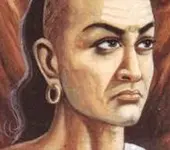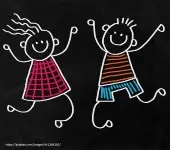Bhadrakali Mantra for protection
93.8K
Likes
661
Comments
Lyrics
(Click here to read more)
लां लीं लूं काळि कपालि स्वाहा laam leem loom kaal'i kapaali svaahaa....
Lyrics
(Click here)
लां लीं लूं काळि कपालि स्वाहा
laam leem loom kaal'i kapaali svaahaa

Mantras
Mantras
Click on any topic to open
- 451 Dattatreya Mantra to Fulfill All your Desires
- 450 Balambika Mantra for Academic Triumph
- 449 Panchamukha Hanuman Mantra - Channel Inner Strength
- 448 Secure with Pratyangira Mantra for Protection
- 447 Krishna's Blessings: Path to Happiness
- 446 Narasimha Mantra: Peace & Reconciliation
- 445 Debt Relief Dattatreya Mantra
- 444 Purity of Mind and Spiritual Growth with Hanuman Mantra
- 443 Wealth Attraction: Prosperity Mantra
- 442 Manifest Blessings: Dattatreya Mantra
Please wait while the audio list loads..
30
Ganapathy
Shiva
Hanuman
Devi
Vishnu Sahasranama
Mahabharatam
Practical Wisdom
Yoga Vasishta
Vedas
Rituals
Rare Topics
Devi Mahatmyam
Glory of Venkatesha
Shani Mahatmya
Story of Sri Yantra
Rudram Explained
Atharva Sheersha
Sri Suktam
Kathopanishad
Ramayana
Mystique
Mantra Shastra
Bharat Matha
Bhagavatam
Astrology
Temples
Spiritual books
Purana Stories
Festivals
Sages and Saints
26
15
13
Copyright © 2024 | Vedadhara | All Rights Reserved. | Designed & Developed by Claps and Whistles



